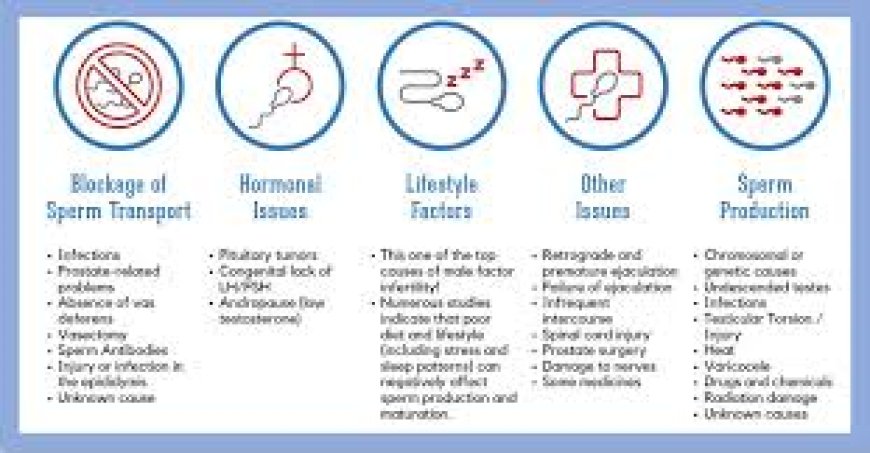Cabergoline in Canine Medicine: An Overview
Discover the role of cabergoline in canine medicine, its applications, benefits, and safety in treating various conditions in dogs.

Cabergoline is a medication that primarily acts as a dopamine receptor agonist, specifically targeting D2 receptors. It has gained attention in veterinary medicine for its ability to suppress prolactin secretion, which can be particularly beneficial in managing certain conditions in dogs, including the cessation of lactation. This article aims to delve into the use of cabergoline for stopping lactation in dogs, exploring its pharmacology, dosing guidelines, potential side effects, and considerations for its use in canine patients.
Understanding Prolactin and Lactation in Dogs
Prolactin is a hormone produced by the anterior pituitary gland, playing a crucial role in lactation and mammary gland development. In female dogs, prolactin levels rise during pregnancy and after parturition (giving birth) to promote milk production. However, there are instances when lactation needs to be halted, such as:
- Failed or Incomplete Litters: If a dog gives birth to stillborn puppies or has a small litter, lactation may be unnecessary and undesirable.
- Mastitis: Inflammation or infection of the mammary glands can occur, necessitating the cessation of milk production.
- Health Issues: Certain health conditions may require the reduction of hormonal influences, including those that promote lactation.
In such cases, cabergoline serves as an effective option for managing these situations by inhibiting prolactin secretion.
Pharmacology of Cabergoline
Cabergoline is a potent and selective D2 dopamine receptor agonist. By binding to these receptors in the pituitary gland, cabergoline reduces prolactin release. Its action is dose-dependent, and it is typically administered in two common dosages: Cabergoline 0.5 mg and Cabergoline 0.25 mg.
Mechanism of Action
- Dopamine Agonism: Cabergoline mimics the effects of dopamine, which naturally inhibits prolactin secretion. This action decreases the circulating levels of prolactin in the bloodstream.
- Duration of Action: Cabergoline has a longer half-life compared to other dopamine agonists, allowing for less frequent dosing. This property can enhance compliance and ease of administration.
Dosing Guidelines for Cabergoline
The appropriate dose of cabergoline to stop lactation in dogs can vary based on individual circumstances, including the dog's size, health status, and the specific situation necessitating the treatment. Here are general dosing recommendations:
Standard Dosing
- Cabergoline 0.5 mg: This is often the starting dose for larger dogs or cases requiring a more aggressive approach to suppressing lactation.
- Cabergoline 0.25 mg: This dosage may be utilized in smaller dogs or for cases where a more gradual reduction in prolactin is desired.
Administration Protocol
- Frequency: Cabergoline is usually administered once or twice daily, depending on the veterinarian’s recommendations.
- Duration: Treatment duration may range from a few days to a week, but it is critical to follow the veterinarian's guidance regarding the length of treatment.
Potential Side Effects
While cabergoline is generally well-tolerated in dogs, some side effects may occur. It is essential for pet owners to be aware of these potential reactions:
- Gastrointestinal Distress: Dogs may experience nausea, vomiting, or diarrhea after taking cabergoline.
- Lethargy: Some dogs may become lethargic or less active during treatment.
- Behavioral Changes: Changes in appetite or other behavioral issues may arise, typically resolving once the medication is discontinued.
- Hormonal Effects: In rare cases, cabergoline may lead to signs of hormonal imbalance, including changes in coat condition or reproductive behavior.
Monitoring and Considerations
When using cabergoline for stopping lactation in dogs, veterinarians typically recommend monitoring the dog's response to the treatment. Here are some considerations:
- Regular Check-ups: Follow-up appointments can help assess the effectiveness of the treatment and monitor for any adverse reactions.
- Weight and Appetite Monitoring: Keeping track of changes in weight and appetite can provide insights into the dog's response to the medication.
- Adjustment of Dosage: If side effects are observed or if lactation does not cease, the veterinarian may adjust the dosage accordingly.
Special Considerations
-
Pregnancy and Nursing: Cabergoline should not be administered to pregnant or nursing dogs unless specifically directed by a veterinarian. The potential effects on the puppies should be carefully evaluated.
-
Pre-existing Conditions: Dogs with pre-existing health conditions, particularly those affecting the endocrine system or gastrointestinal tract, should be evaluated thoroughly before starting cabergoline.
-
Drug Interactions: It is crucial to inform the veterinarian about any other medications the dog may be taking, as cabergoline can interact with other drugs, leading to adverse effects or reduced efficacy.
-
Compliance with Dosing Schedule: Ensuring that cabergoline is administered consistently according to the prescribed schedule is essential for its effectiveness.
Case Studies and Clinical Experiences
Several case studies have demonstrated the efficacy of cabergoline in managing lactation in dogs. For example:
-
Case Study 1: A dog with a failed pregnancy exhibited excessive milk production. Following a treatment regimen of cabergoline at a dosage of 0.5 mg daily, lactation ceased within four days without significant side effects.
-
Case Study 2: A dog suffering from mastitis was treated with cabergoline 0.25 mg twice daily. The treatment successfully reduced prolactin levels, alleviating the clinical signs of mastitis within a week.
These cases highlight the practicality and effectiveness of cabergoline in veterinary medicine, providing relief to dogs experiencing unwanted lactation.
Conclusion
Cabergoline represents a valuable tool in the veterinary arsenal for managing lactation in dogs. By effectively inhibiting prolactin secretion, it aids in addressing various conditions associated with unwanted milk production. While generally safe, careful consideration of dosing and potential side effects is essential for ensuring the well-being of canine patients. Veterinarians and pet owners must work together to monitor the dog's response to treatment and make necessary adjustments.
As with any medication, it is vital to consult a veterinarian before initiating treatment with cabergoline to ensure its appropriateness for the specific situation. With proper management, cabergoline can help restore balance and health to dogs experiencing the challenges of unwanted lactation.

 minyunhee11
minyunhee11